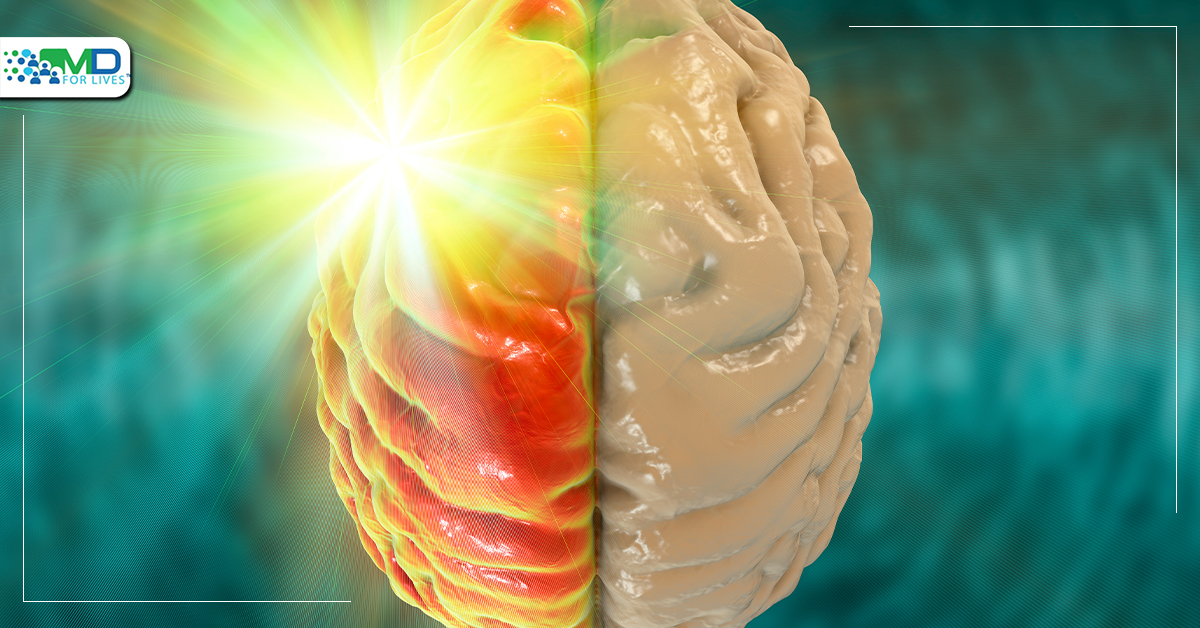She was covered by her lightweight, tan blanket staring out the window of her shared room. She answered a small “mhmm” when I introduced myself. A young adult, never admitted to a psychiatric hospital. One month prior she had been diagnosed with epilepsy and lost her ability to drive on the same day. State law prohibits people from driving for three months in the setting of new or breakthrough seizures. As weeks went by, she started becoming more and more withdrawn from family and friends. She had stopped pursuing her favorite hobby of painting, was struggling to sleep at night and her appetite was diminishing. Eventually, she reached a point where she ingested a handful of her seizure medication, hoping to end her life.

Further conversation unveiled that the girl was grappling with isolation, a consequence of her upbringing in a family dismissing mental illness. This lack of support left her to endure years of depression and suicidal ideation. Despite trying several medications, even for brief periods, she found no relief. Initially hesitant about medications, doubting their efficacy based on past experiences, she eventually consented to initiating Lithium for chronic suicidality after extensive deliberation.
Suicide stands as the second leading cause of death among individuals aged 1-44 (CDC). Early identification of warning signs and timely intervention are imperative. While suicide is more prevalent among men, nonfatal suicidal behavior is more common in women. Independent risk factors encompass youth, single status and psychiatric disorders (Nock, 2008). Protective factors, such as religious beliefs and social support, often studied in adolescents, play significant roles (Borowsky, 2001). Though certain risk factors are unchangeable, focusing on enhanced patient support and appropriate medication is crucial in mitigating modifiable risks associated with suicide.
For this patient, a significant risk arose from her recent epilepsy diagnosis. Those with neurological disorders face heightened suicide risks compared to others. Highest rates occur among individuals with Huntington’s disease and amyotrophic lateral sclerosis (ALS). However, increased suicide rates are also noted in epilepsy cases. A temporal connection revealed elevated suicide rates near the time of initial neurological disorder diagnosis (Erlangsen, 2020). The diagnosis often comes with limitations, including a driving ban and new medications. These changes can be overwhelming for many and catastrophic for some. Referrals to behavioral health for those newly diagnosed with epilepsy may prove beneficial.
Randomized control trials demonstrate the efficacy of lithium in reducing suicide and self-harm (Cipriani, 2005). Though a primary treatment for bipolar disorder, lithium may also benefit individuals with depressive disorders by reducing suicide attempts and self-harm (Smith, 2017). Its underrepresentation warrants consideration, especially for those struggling with mood disorders, self-harm, and suicidal behavior.

Written by: Dr. Kelsey Silvester, Second-Year Psychiatry Resident
References:
- Borowsky, I.W, Ireland, M., & Resnick, M.D. (2001). Adolescent Suicide Attempts: Risks and Protectors. Pediatrics 107(3): 485-493. https://doi.org/10.1542.peds.107.3.485
- Cipriani, A., Pretty, H., Hawton, K., & Geddes, J.R. (2005). Lithium in the Prevention of Suicidal Behavior and All-Cause Mortality in Patient with Mood Disorders: A Systematic Review of Randomized Trials. The American Journal of Psychiatry 162(10): 1805-1819. https://doi.org/10.1176.appi.ajp.162.10.1805
- Erlangsen, A., Stenager, E., Conwell y., et al (2020). Association Between Neurological Disorder and Death by Suicide in Denmark. JAMA 323(5):444-454. https://doi:10.1001/jama.2019.21834

MDForLives is a vibrant community of healthcare professionals and patients dedicated to shaping the future of healthcare. We provide valuable global insights to healthcare companies through online surveys, interviews, and discussion forums.






